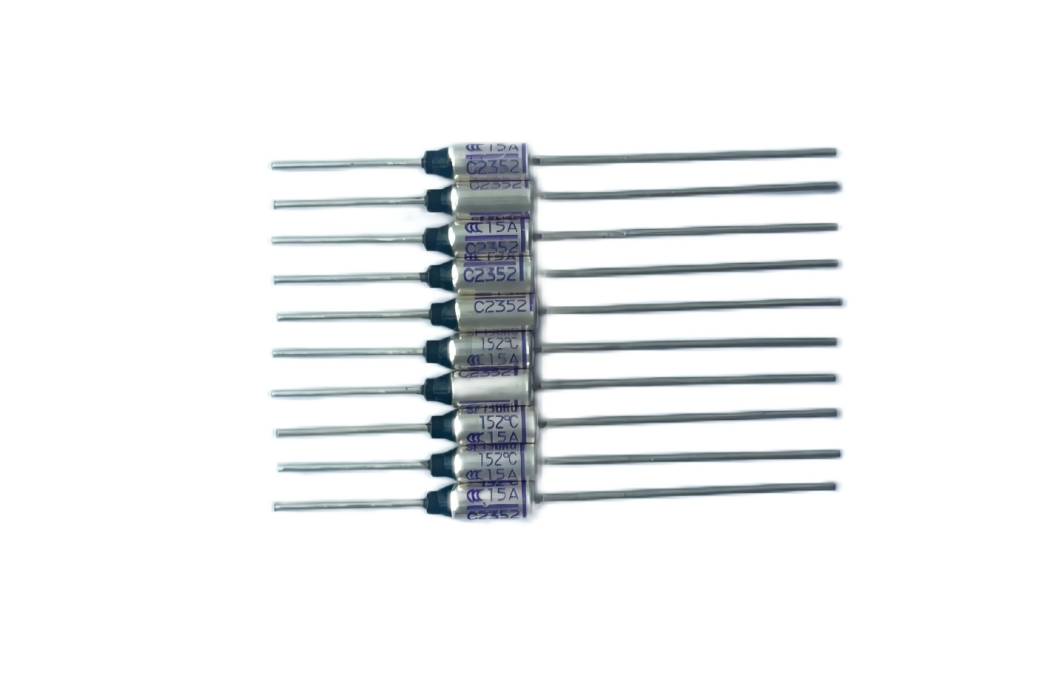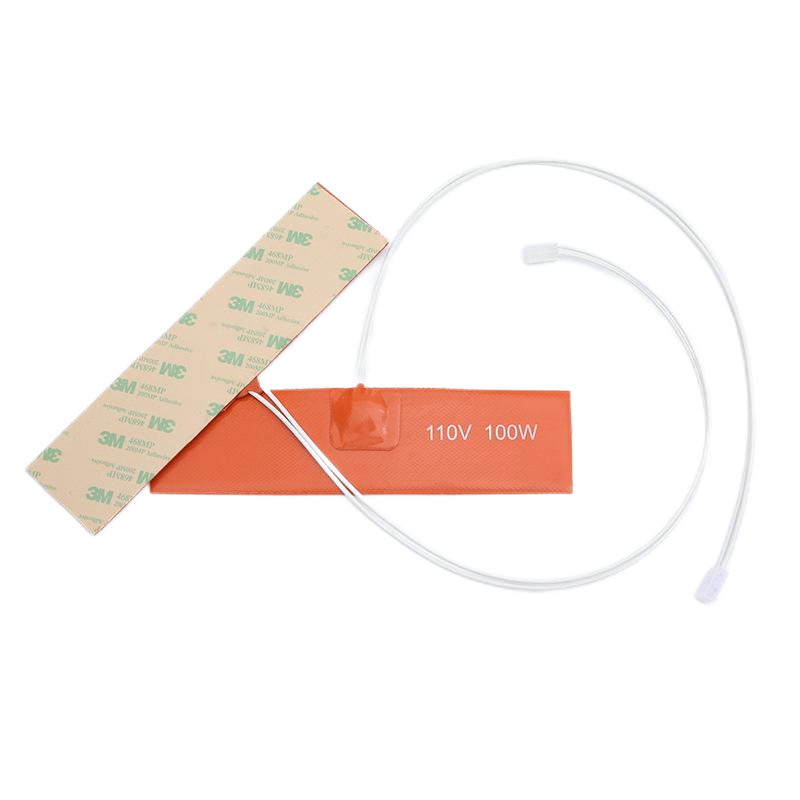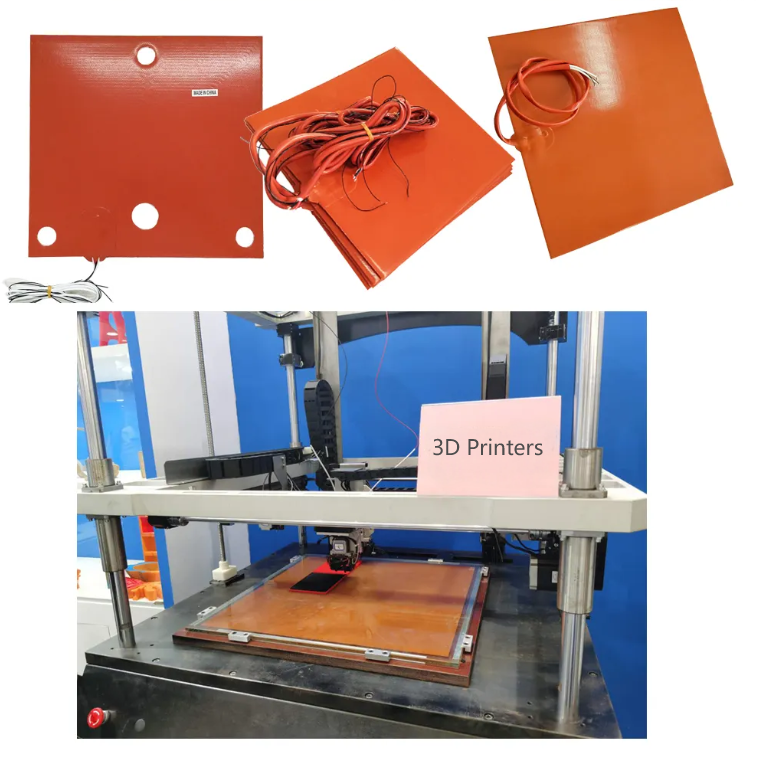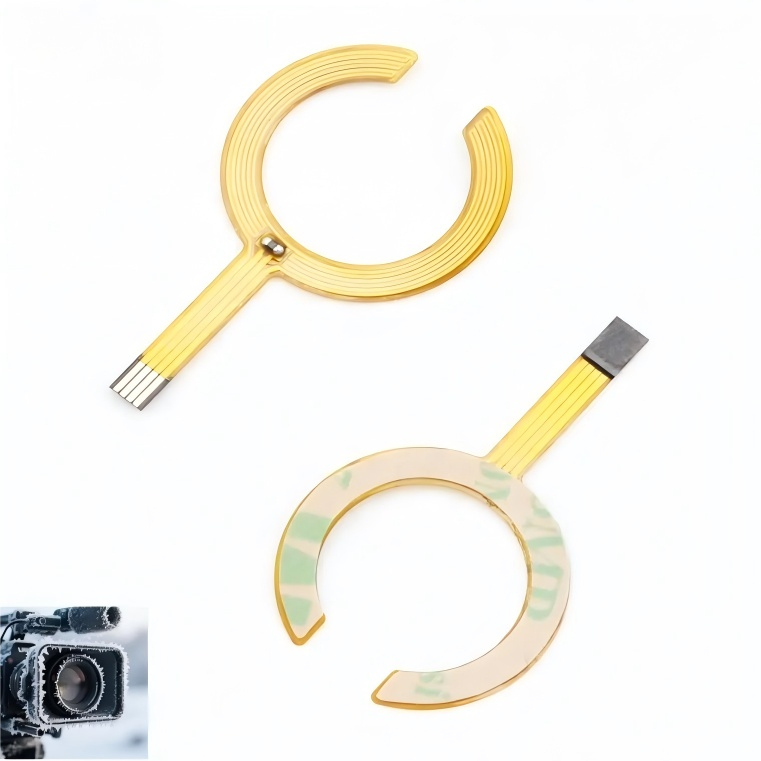

When lenses fog up in freezing conditions, it's more than just annoying—it can be dangerous. Whether it's a camera on a drone, goggles for winter sports, or optics in space, fogging can ruin visibility in seconds. That's where polyimide heaters come in. These ultra-th...
Learn more
Thermal fuses might be tiny, but they play a huge role in keeping our electronics safe. Found in everything from hair dryers to washing machines, these little devices cut off power when things get too hot, preventing fires and damage. But what happens when they stop working? Let’s dive int...
Learn more
When selecting heating elements for industrial or commercial applications, understanding material differences is crucial. Silicone rubber heaters stand out from conventional options like metal, ceramic, and mica heaters in several critical aspects. Material Comparison Overview1. Flexi...
Learn more
When choosing a heating solution for your 3D printer's build plate (also called print platform or heated bed), silicone rubber heaters often prove superior to polyimide (Kapton) heaters. Here's why most professional and large-format 3D printers rely on silicone heating solutions:&n...
Learn more
As a manufacturer of flexible heaters (including silicone rubber pads and polyimide heaters), you might wonder why many designs incorporate adhesive backing (e.g., 3M PSA). The answer lies in simplified installation, enhanced thermal efficiency, and improved reliability across di...
Learn more
Clear vision is critical for any camera system, but temperature extremes can quickly compromise performance. Whether you are operating drones at high altitudes, monitoring with security cameras, or simply using a dashcam in winter, condensation and frost are persistent challenges. Hea...
Learn more
When it comes to electric heating solutions, ceramic heaters and PTC (Positive Temperature Coefficient) heaters are two popular choices. While both use ceramic-based technology, they differ significantly in construction, performance, and temperature control. Understandi...
Learn more
Ceramic heaters are widely used for their efficiency, safety, and compact design. They utilize ceramic heating elements to provide fast and reliable warmth, making them ideal for small spaces and localized heating. Below, we explore their key features, advantages, and customization possibi...
Learn more
When designing a 3D printer, every detail matters—from precision mechanics to sleek aesthetics. One often-overlooked component that plays a dual role in both functionality and visual appeal is the silicone heater for the heated bed. While performance is paramount, the right color...
Learn more
We often receive inquiries from customers asking whether the silicone materials in our silicone heaters contain fibers. The answer is YES. All of our silicone sheets used in the production of silicone heaters contains fibers. Types of Fibers in Silicone Sheet There are two m...
Learn more
In our last Blog discussion on transparent heaters, we covered the basics of ITO and PET films, their sizes, and key parameters. Today, we’ll dive deeper into ITO heating films, specifically analyzing how film thickness influences sheet resistance, resistivity...
Learn more
Transparent conductive heating films are essential components in modern electronics, offering both transparency and electrical conductivity. They are widely used in touchscreens, displays, solar cells, and flexible electronics. This article explores the types, sizes, key parameters, and sp...
Learn more
In industries where precise temperature control is critical—such as semiconductor manufacturing, medical devices, and aerospace—a reliable heating solution can make all the difference. The Polyimide Heater with integrated PT100 Temperature Sensor provides an ultra-thin, flexible,...
Learn more
In industries where precise thermal management is critical—from semiconductor manufacturing to medical devices—traditional single-zone heaters often fall short. That's where Dual-Zone Polyimide Heaters come in. These advanced heating solutions allow for independent tempe...
Learn more
In battery manufacturing, precise temperature control is crucial for quality and safety. Blue silicone heating pads have become a popular solution for battery formation processes, offering excellent heat distribution, durability, and customization. Whether you're working with lithium-i...
Learn more
In the world of 3D printing and industrial applications, consistent and efficient heating is crucial for precision and performance. Low-voltage, high-wattage cartridge heaters have become a popular choice due to their ability to deliver rapid, controlled heat while operating safely at lowe...
Learn more
The Challenge: Silicone Heaters Failing at 200°C+Many industrial and high-performance 3D printers require heated beds that operate long-term at 200°C or above. However, standard silicone heaters often develop cracks, delamination, or reduced heating efficiency after prolonge...
Learn more
In today’s world, where precision and efficiency are paramount, integrating smart temperature control into heaters has become essential across various applications. Whether in household appliances or industrial equipment, smart temperature control significantly enhances the performance and...
Learn more
The automotive industry demands heating solutions that withstand vibrations, moisture, and extreme temperatures. Silicone rubber heaters, with their rugged construction and rapid heat transfer, are transforming applications from electric vehicles to autonomous driving systems.Key Benefits ...
Learn more
The new energy industry requires cutting-edge heating solutions to optimize performance in solar energy systems, electric vehicle (EV) components, and advanced battery technologies. Polyimide heaters, renowned for their ultra-thin profile, exceptional thermal stability, and flexibility, ar...
Learn more
We offer a wide variety of high-efficiency heaters and heating element.Such as polyimide/kapton heaters,silicone rubber heaters,PET transparent heaters, thick film heaters,PTC heaters, mica heaters,epoxy resin heaters and graphene heating film.